Copyright © 2025 Motivate Media Group. All rights reserved.
Design gallery So Shiro celebrates craft stories from across the globe
Run by Shiro Muchiri, SoShiro aims to bring new creative voices to the international design industry
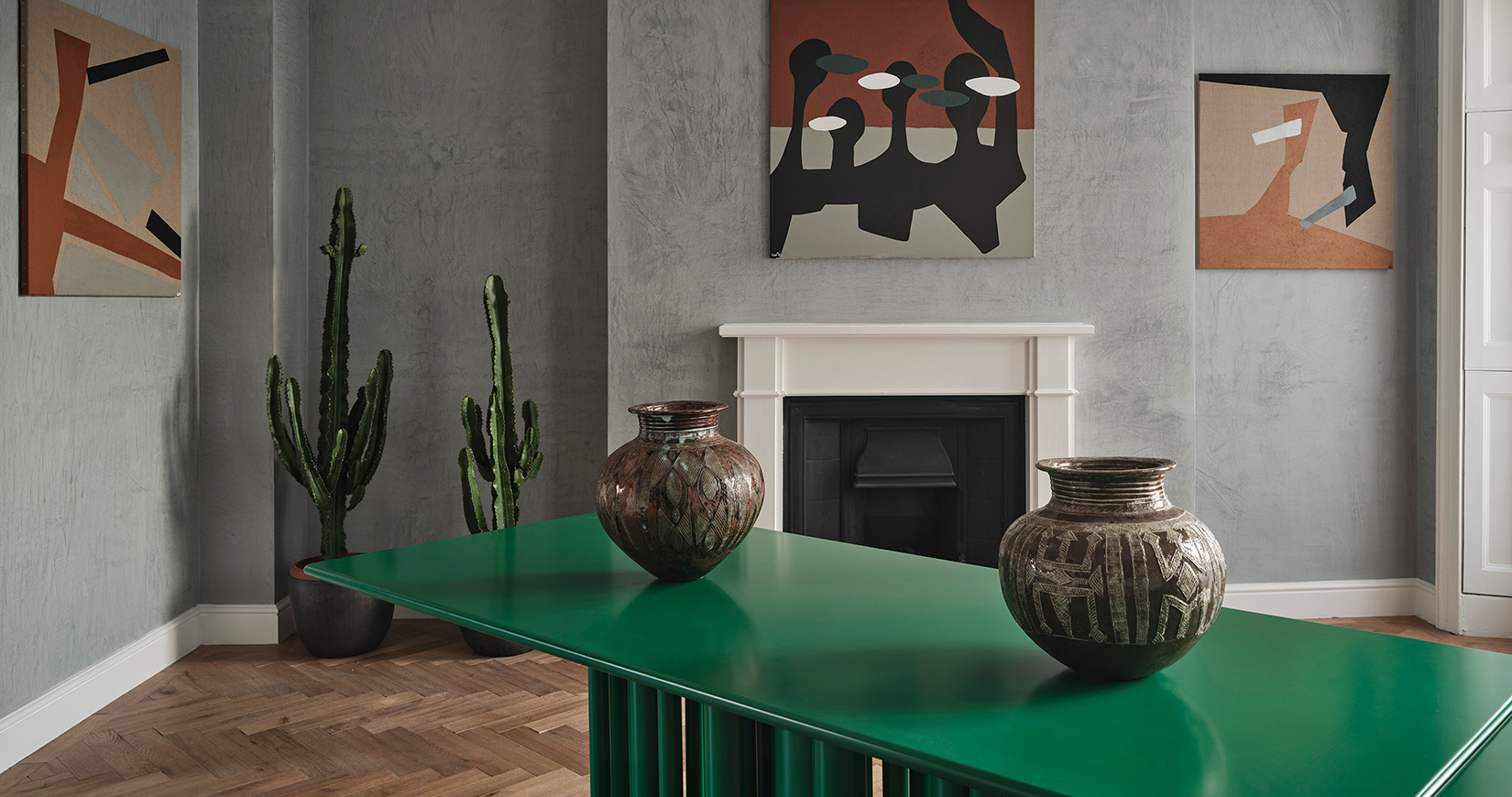
Set inside a charming Georgian townhouse in London’s Marylebone neighbourhood is gallery SoShiro, whose five floors are dedicated to housing a diverse selection of art, design and craft. Designed and manufactured by talented artists and makers hailing from across the globe, SoShiro’s collections celebrate cultural narratives that are underrepresented in the design world – yet now elevated to share the stories of diverse communities through expert craftsmanship, rich materials and a strong design language.
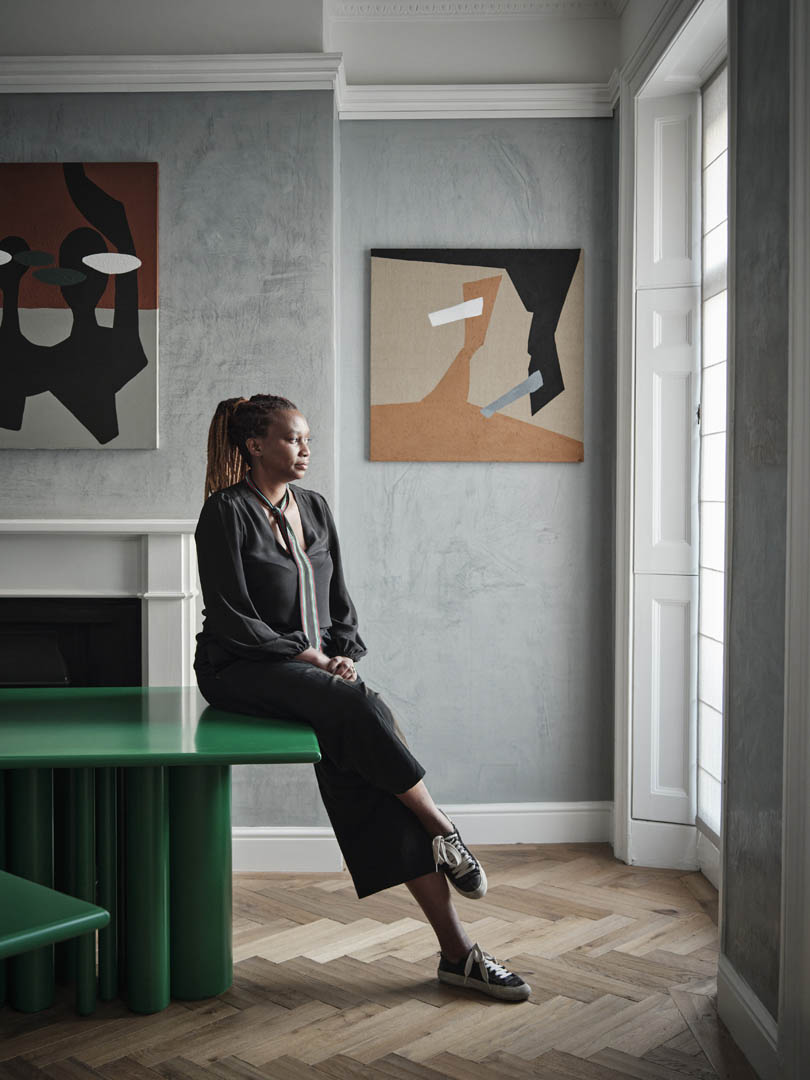
Shiro Muchiri
This cultural hub is the brainchild of Kenyan-born and Italian-trained interior architect, designer and curator Shiro Muchiri, who oversees the curation of the gallery’s exclusive collectible artefacts and furniture pieces, and works with designers, artisans and private collectors to realise its special pieces. She also designs her own collections for the gallery. Having worked for many years in a Euro-centric design industry, and faced with a lack of options when specifying products, Muchiri wants to bring something different to the table.
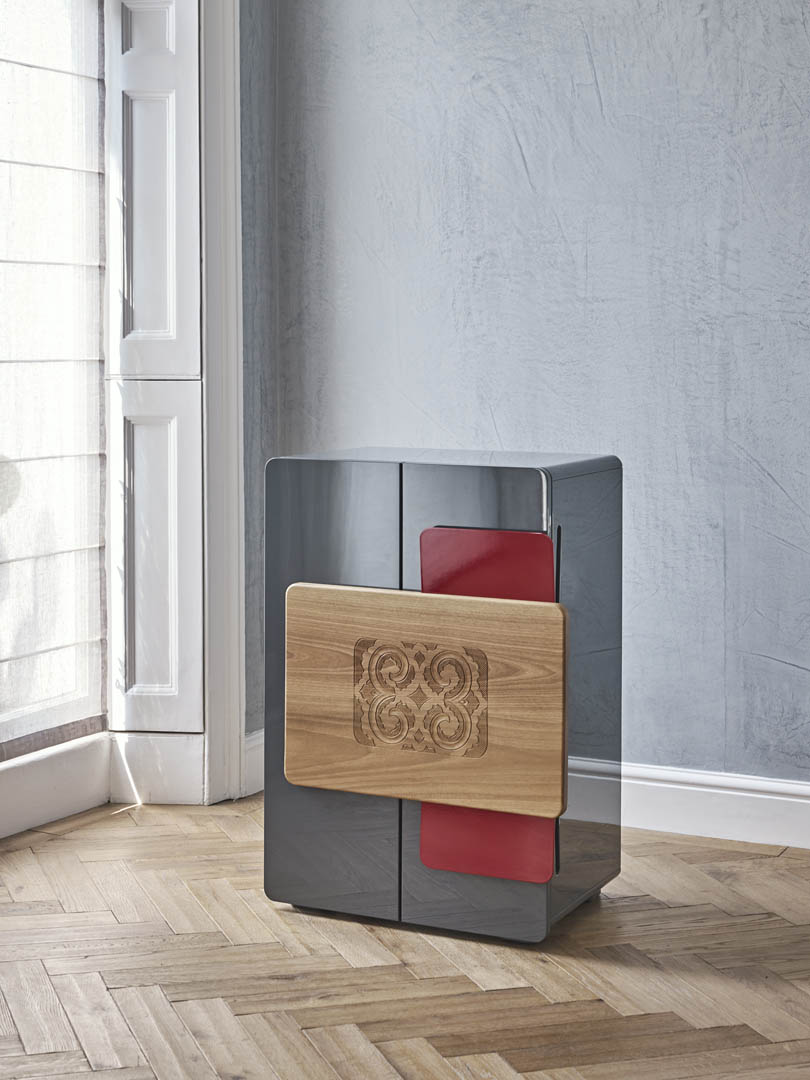
“The whole point is to try and bring new creative voices and have their art forms and creativity transposed into objects that are competing with high-end Italian-manufactured items, both in terms of price and quality level… and they now become part of the economy of high-end design,” Muchiri tells identity.
With the demographic of international design and art collectors becoming younger and more diverse, it is only natural that the works of design and art – and those behind these works – reflect these shifts. “I don’t think young collectors reminisce [about] the 19th and 20th century masters. They didn’t all grow up studying European art history. That is not their dream or aspiration. There is a whole new [kind] of art collector now,” she adds.
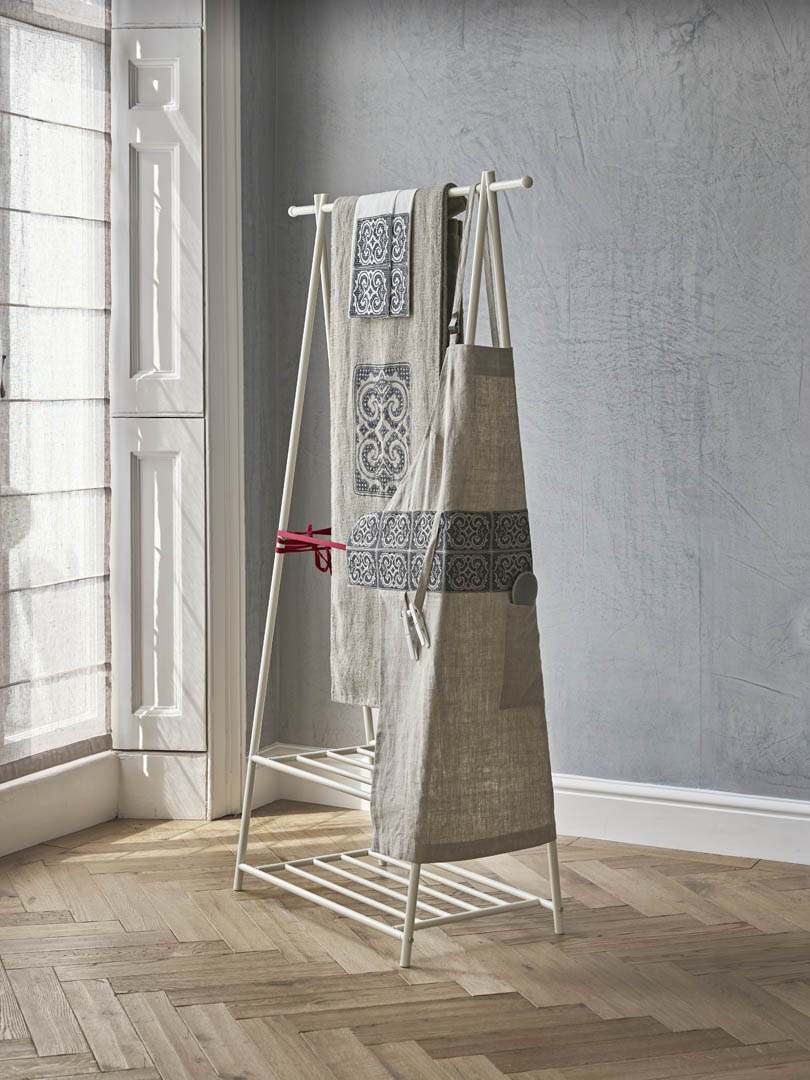
“The design lover today is becoming more explorative, curious and confident – and we are giving them alternative choices to express themselves within their homes, much like what fashion allows us to do, or jewellery, or art. They are now able to express themselves through the items that they put on their table.”

SoShiro is positioned as a ‘place of discoveries’, with items that are not afraid to be playful and break a rule or two (or more). For example, a matcha tea set can also be used to drink miso soup or to put a candle in. A borosilicate glass can hold both hot or cold water, or tea. A wine glass does not have to include the traditional stem. “The rules for the stems were made for a certain time but we can change those rules as long as it works and it looks good,” Muchiri laughs.
For Muchiri, it is important to maintain this level of dynamism and playfulness, while still being able to tell important stories or raise global issues that speak to and are relatable to various international communities.

“Underlying every collection and collaboration is the commitment to breathing new life into artisanal communities and sustaining historic craft,” Muchiri says. “In addition to giving designers and artists a platform to exhibit their own work, we like to bring craftsmanship from very different regions together. For instance, for our debut exhibit there are beautifully executed medicine/wellness cabinets that incorporate wooden handles, intricately carved by the Ainu people of Northern Japan. It’s incredibly exciting to bring these two very different practices together and see what happens when they merge.”
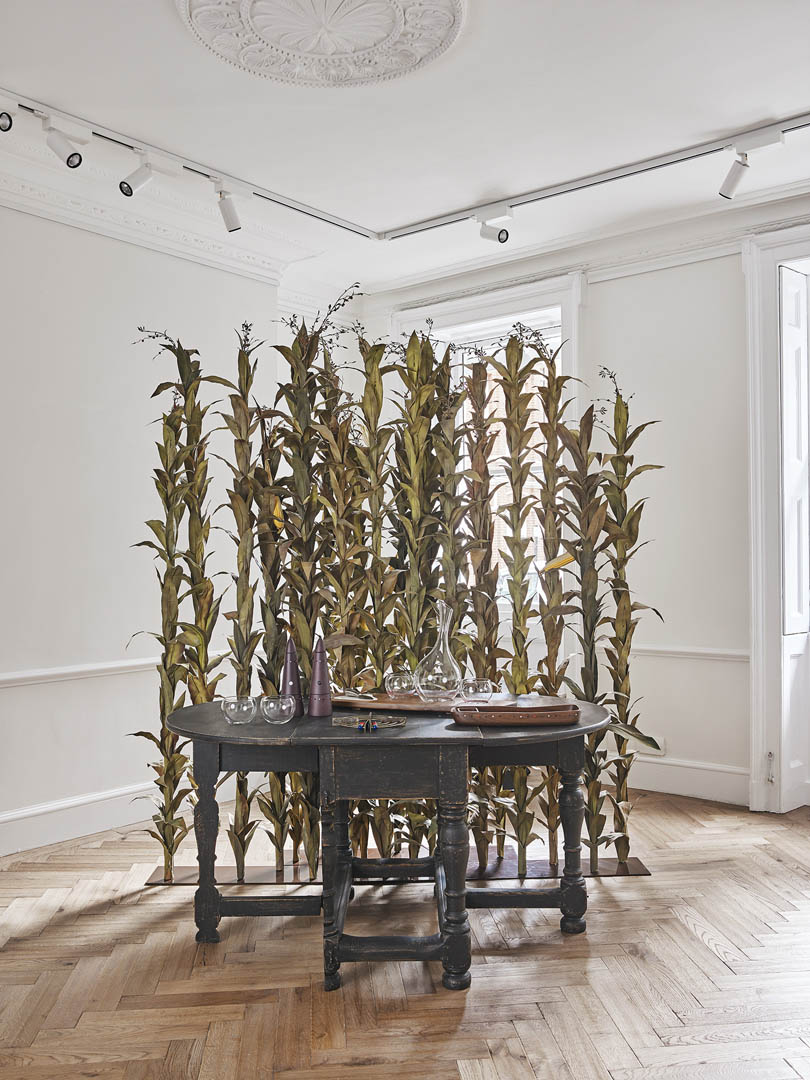
In addition to the Ainu collection, featuring woodwork by sculptor Toru Kaizawa, Muchiri herself worked with North Kenyan craftspeople on the gallery’s first collection, titled Pok, celebrating the artistry of beading within the Pokot community, as well as other pieces through her design studio Interni, which she launched in London in 2002. The gallery has also recently collaborated with Cuban multimedia artist Alexandre Arrechea, who explores the relationship between the human body, architecture and colour.

Muchiri is also keen on demystifying barriers, be it between an artist and a collector, a commissioner and a maker, or even between artists and designers themselves. The casual nature of the gallery – which is more comparable to a private residence than a traditional art space – helps ease the intimidation of such spaces and allows for a more honest and transparent relationship between the various bodies.
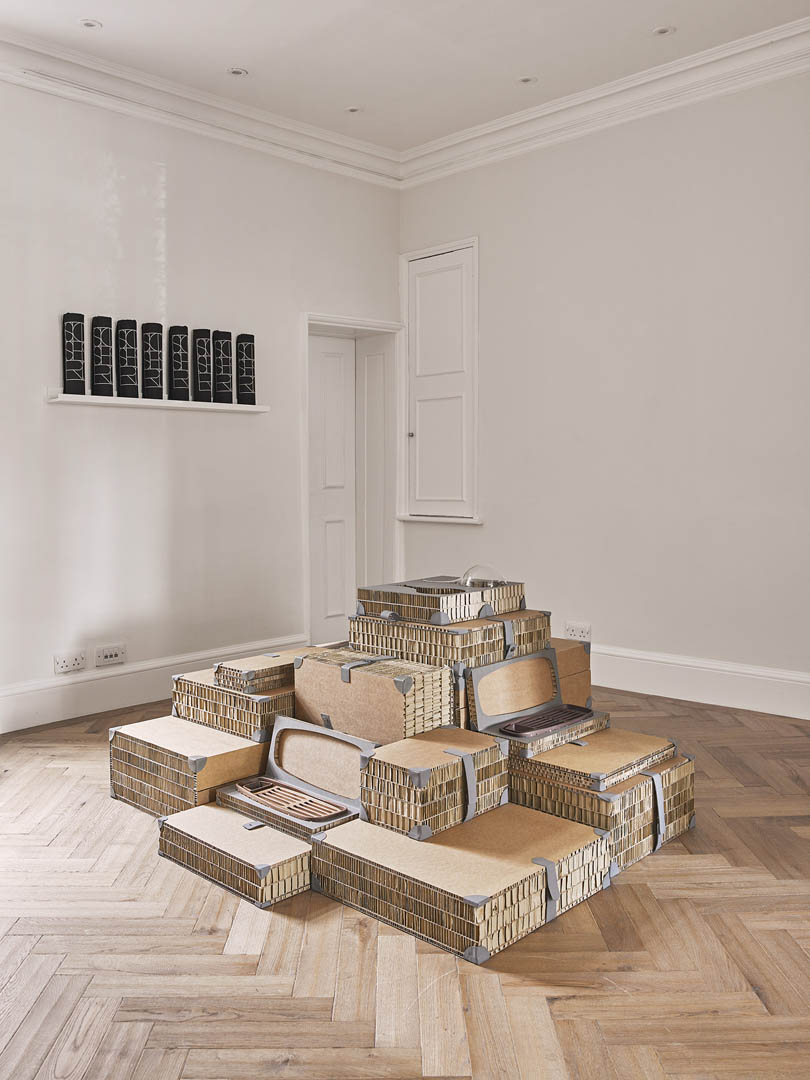
“I think that the ‘free-spirited’ nature of things is what we were lacking, and we wanted to change that,” Muchiri concludes.
The Latest
How Eywa’s design execution is both challenging and exceptional
Mihir Sanganee, Chief Strategy Officer and Co-Founder at Designsmith shares the journey behind shaping the interior fitout of this regenerative design project
Design Take: MEI by 4SPACE
Where heritage meets modern design.
The Choreographer of Letters
Taking place at the Bassam Freiha Art Foundation until 25 January 2026, this landmark exhibition features Nja Mahdaoui, one of the most influential figures in Arab modern art
A Home Away from Home
This home, designed by Blush International at the Atlantis The Royal Residences, perfectly balances practicality and beauty
Design Take: China Tang Dubai
Heritage aesthetics redefined through scale, texture, and vision.
Dubai Design Week: A Retrospective
The identity team were actively involved in Dubai Design Week and Downtown Design, capturing collaborations and taking part in key dialogues with the industry. Here’s an overview.
Highlights of Cairo Design Week 2025
Art, architecture, and culture shaped up this year's Cairo Design Week.
A Modern Haven
Sophie Paterson Interiors brings a refined, contemporary sensibility to a family home in Oman, blending soft luxury with subtle nods to local heritage
Past Reveals Future
Maison&Objet Paris returns from 15 to 19 January 2026 under the banner of excellence and savoir-faire
Sensory Design
Designed by Wangan Studio, this avant-garde space, dedicated to care, feels like a contemporary art gallery
Winner’s Panel with IF Hub
identity gathered for a conversation on 'The Art of Design - Curation and Storytelling'.
Building Spaces That Endure
identity hosted a panel in collaboration with GROHE.
















